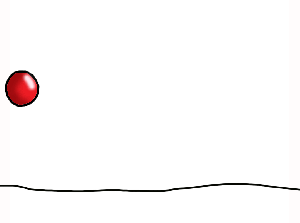The second part of this task was to explore the technique of stop motion. In an online article Dermy O Reilly (2007) discusses how originally stop motion involved animating movement of any “non-drawn” objects such as toys, blocks or any other rigid inanimate object you care to mention, cel animation followed quickly. The Adventures of Mark Twain (1985) directed by Will Vinton was the first stop motion/ clay animated film. Stop motion is seemingly becoming less popular due to the development of 3D animation. However, there is still one popular animation company that produces full-length stop motion films to this day, Aardman; they are known for producing the iconic children’s animation Wallace and Gromit. This successful clay stop motion animation has won Oscars with 4 30-minute films, 11 shorts and a feature length movie. (The Welsh Animator, 2013)
With the theme of ‘cycle’ in mind I decided to recycle everyday objects such as sweets and pencils into short stop motion animations. I feel both animations are effective, however, the concept is fairly basic. They are conceptual and fit well with the task of experimenting the stop motion technique.
To take this further however, I have animated the formation of a card house. I adjusted the images on Photoshop by changing the background and adding a filter to create a much more professional and pleasing animation.
References:
O Reilly, D. 2007. A Brief History of Stop Motion Animation!. Stop Motion Central. http://www.stopmotioncentral.com/articles-5.html
The Welsh Animator. 2013. A Brief History of Animation. http://welshanimator.wordpress.com/a-brief-history-of-animation/
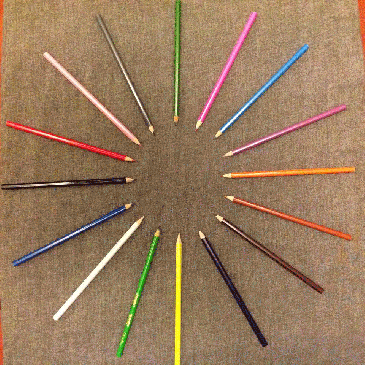
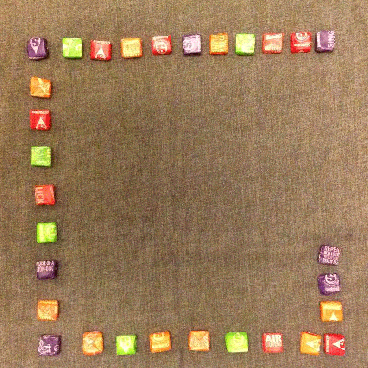
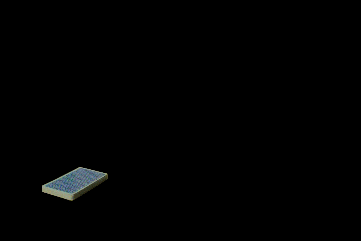
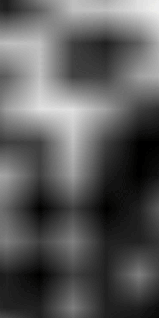 Whilst still focusing on the animation task I wanted to look further into the different techniques and formats. Our lecturer introduced us to Mclaren and his short film ‘Blinkity Blank’, which he created by directly engraving onto the black film leader. To which he then built a soundtrack of improvisational jazz. Mclaren managed to construct a minimal narrative within an ostensibly abstract work; it follows two birds that are seen to fight but eventually come together to produce an egg. (Rist, 2001) I used this to inspire me to create a short sequence following a firework night. Using Photshop and the various paintbrushes available I created a simple firework display on a black background, similar to McLarens work. However, to further improve this piece, I could add a suitable soundtrack and a more complex narrative. Possibly involving conflict between ‘characters’, like ‘Blinkity Blank’, speeding up the soundtrack to resemble the emotion in the narrative.
Whilst still focusing on the animation task I wanted to look further into the different techniques and formats. Our lecturer introduced us to Mclaren and his short film ‘Blinkity Blank’, which he created by directly engraving onto the black film leader. To which he then built a soundtrack of improvisational jazz. Mclaren managed to construct a minimal narrative within an ostensibly abstract work; it follows two birds that are seen to fight but eventually come together to produce an egg. (Rist, 2001) I used this to inspire me to create a short sequence following a firework night. Using Photshop and the various paintbrushes available I created a simple firework display on a black background, similar to McLarens work. However, to further improve this piece, I could add a suitable soundtrack and a more complex narrative. Possibly involving conflict between ‘characters’, like ‘Blinkity Blank’, speeding up the soundtrack to resemble the emotion in the narrative.
